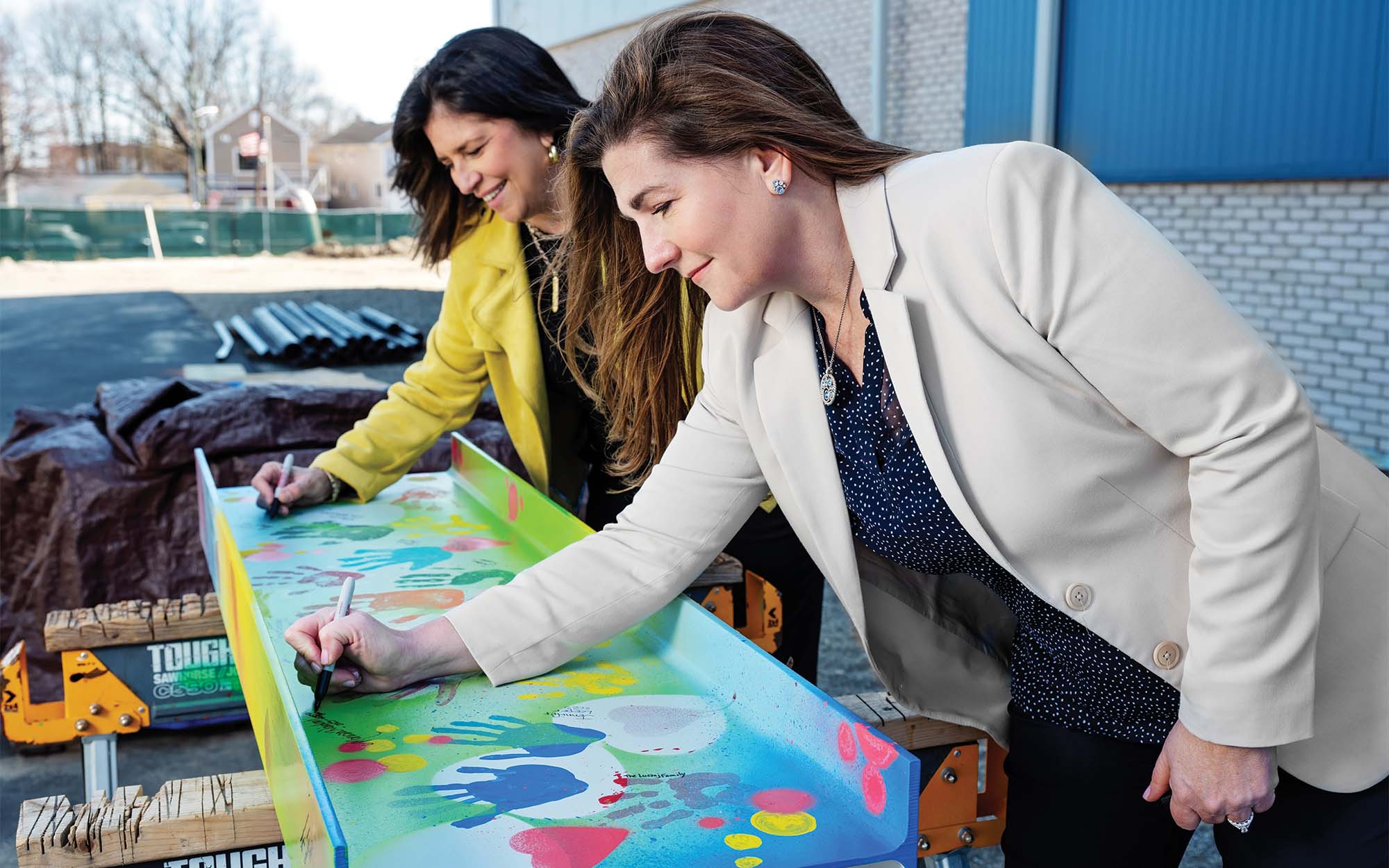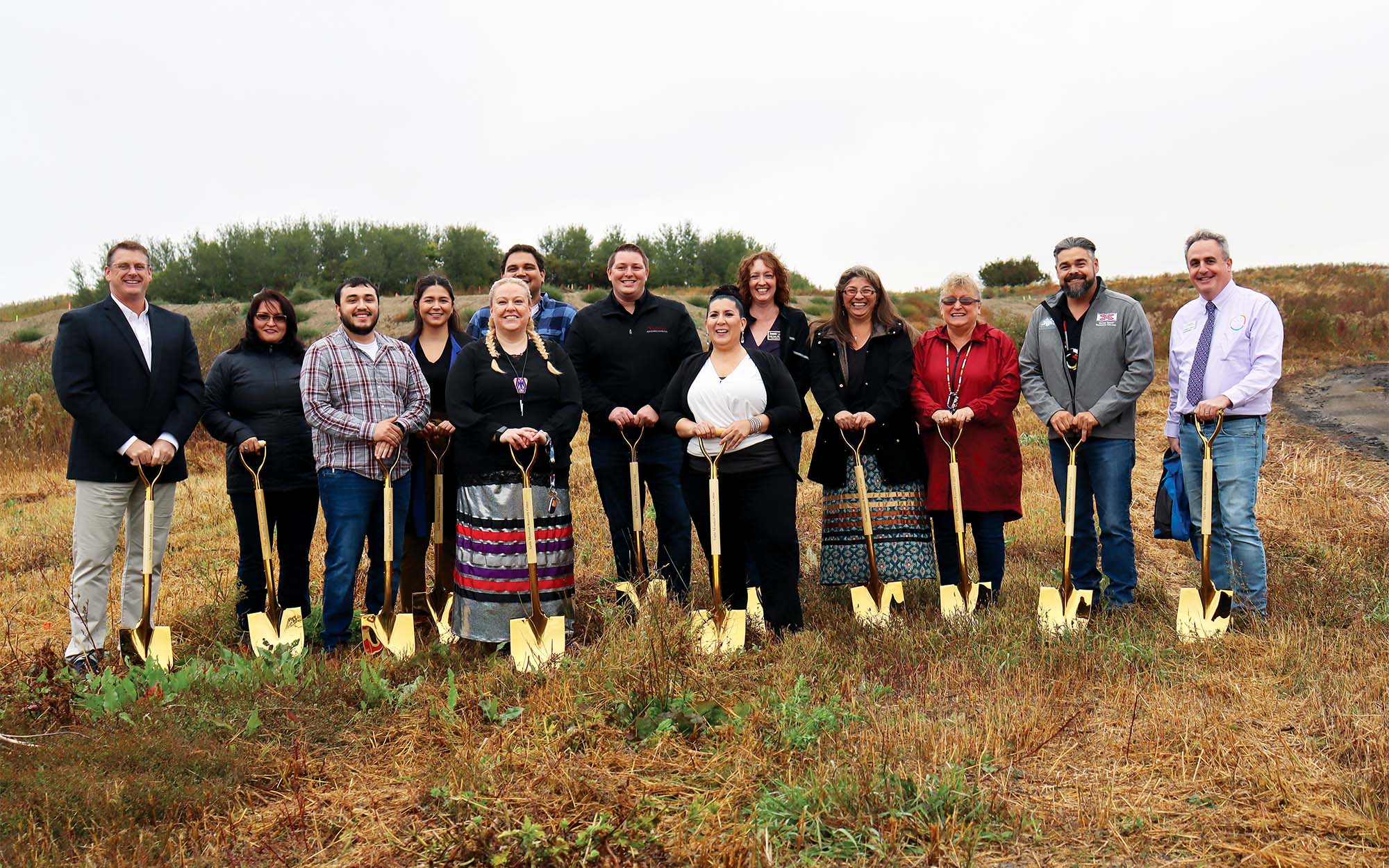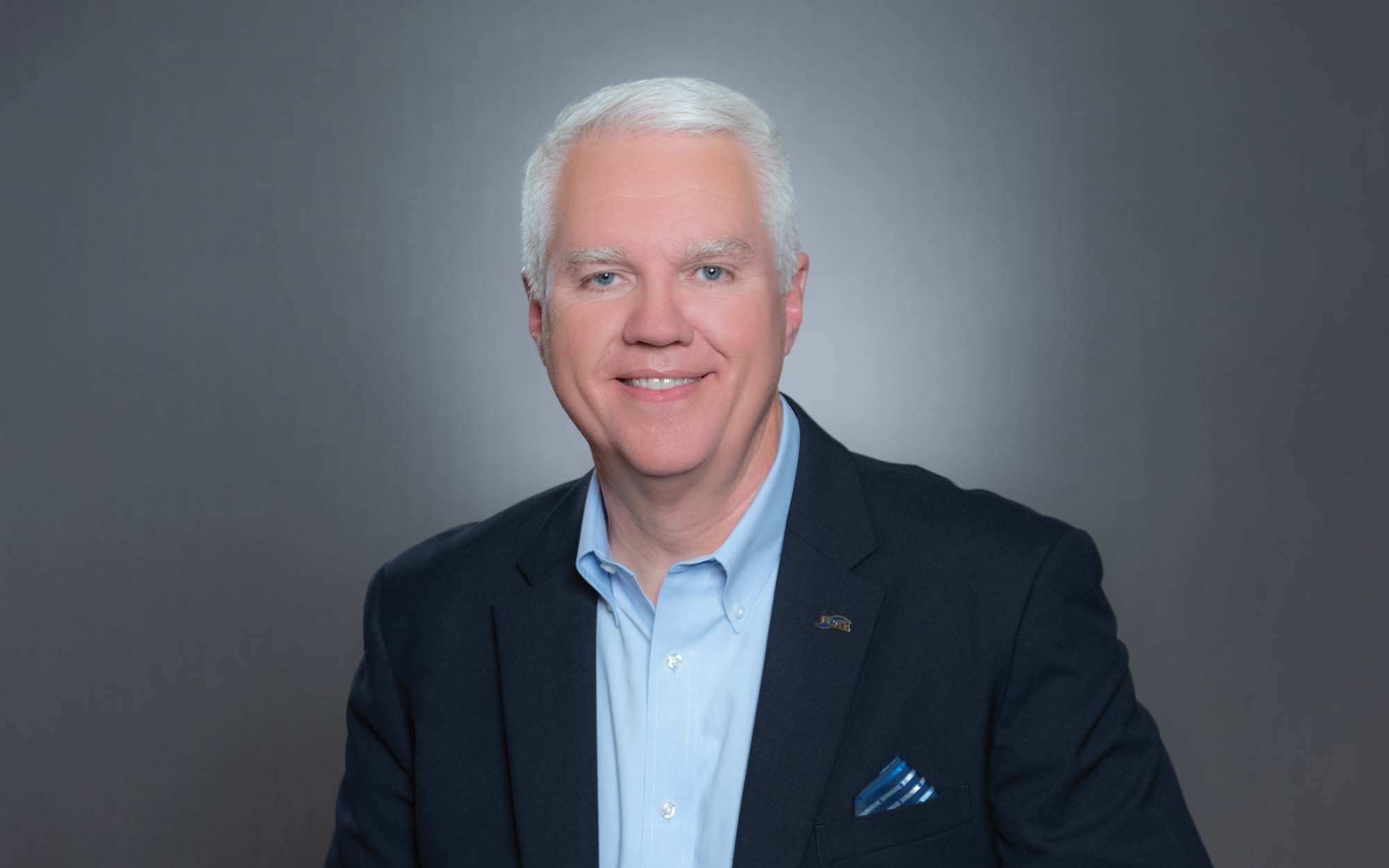Name:
Webster Bank
Assets:
$71.1 billion
Location:
Stamford, Conn.
When the new Wakeman Boys & Girls Club Madison Avenue Community Clubhouse opens this fall, it will have just about everything Bridgeport, Conn., kids and teens could want. The two-story, 44,230 sq. ft space will include a gym, clinic, game room, kitchen and café, STEM learning space, and performing arts studio.
And, thanks to a $100,000 grant from Webster Bank in nearby Stamford, Conn., it will also have a place students can learn about personal finance: a “finance lab.”
The finance lab in Bridgeport will meet two pressing community needs, according to Margaret Reynolds, director of foundation and government relations at Wakeman Boys & Girls Club. “This partnership with Webster Bank fulfills what we’re looking to do with workforce development with careers in banking but also just being able to manage personal finances,” she says.
“We’re trying to make sure our young people make financially sound decisions for themselves and their families in the future.”—Marissa Weidner, Webster Bank
“We look to partner with organizations that have a proven track record of positive impact on our youth,” says Marissa Weidner, chief corporate responsibility officer of the $71.1 billion-asset community bank. And the Wakeman Boys & Girls Club fit the bill perfectly.
The youth impact
The finance lab at the Wakeman Boys and Girls Club is the third grant Webster Bank has made for financial literacy initiatives.
The first grant went to Yonkers Partners in Education (YPIE) in Yonkers, N.Y. in May 2022. The funds were used to develop the YPIE Finance Major, which provides financial literacy education to students within the program, most of whom come from low- to moderate-income families. The second grant was given in October 2022 to the Eagle Academy Foundation. It funded finance software and curriculum for students enrolled in Eagle Academies, which are located in New York City boroughs and Newark, N.J.
“[The Boys & Girls Club’s] mission is for youth to have productive futures, and we know financial literacy is very important to that.”—Margaret Reynolds, Wakeman Boys & Girls Club
Each finance lab is designed to serve the specific needs of its home community, as determined by Webster’s nonprofit partner, according to Weidner.
For example, Bridgeport students often come from low-income backgrounds and tend to be behind in literacy, math and science. That local knowledge informs how the Bridgeport finance lab will operate and the services and education it will provide.
“At the end of the day, however, the fundamentals are the same,” Weidner notes. “What we’re trying to achieve remains the same. We’re trying to make sure our young people make financially sound decisions for themselves and their families in the future.”
“[The Boys & Girls Club’s] mission is for youth to have productive futures, and we know financial literacy is very important to that,” Reynolds says.
These kinds of initiatives are especially critical, as financial literacy isn’t always taught in school, adds Weidner.
“It’s one of those things where, as a bank and financial institution, we can really make an impact,” she says. Thanks to Webster Bank's grant, the Wakeman Boys & Girls Club and its finance lab will help students learn about college loans and other big financial decisions.
Community improvement
When Webster Bank merged with Sterling Bancorp in early 2022, the community bank created the Webster Bank Charitable Foundation, says Weidner. Webster Bank allocates stock to the foundation and then sells that stock to provide funds. In 2022, the foundation funded $4.5 million worth of grants, and Weidner says it expects to fund up to $5 million in 2023, including more finance labs throughout the communities the bank serves. Each finance lab recipient has received a $100,000 grant from the foundation.
Quick Stat
$5M
The predicted amount of grants that the Webster Bank Charitable Foundation will fund in 2023
To develop its community investment strategy, Webster Bank included input from more than 100 nonprofit leaders in its local communities. The community bank was able to determine areas of critical need and how it can make the most impact as a financial institution—and that consultation bolstered the financial labs.
“We don’t operate in a vacuum, and our operation is not a silo,” says Weidner. “Giving money is one thing, and it’s important, but what can you layer onto it to truly make a difference?”
The community bank is providing the nonprofit with more than just monetary support. “We’re handing the Wakeman Boys & Girls Club a check, but at the end of the day, we’re saying, ‘We’ll be there with you,’” Weidner says. “We’ll bring our colleagues there, we’ll do mentorships, we’ll do job shadows ... Our colleagues want to make an impact on these kids’ lives and be more tangible in the process.”
The extras beyond funding will make a critical difference with the youth the Wakeman Boys & Girls Club and other organizations serve, adds Reynolds, especially with today’s circumstances.
“Teens have probably been hit hardest as a result of the pandemic,” she says, “so the timing is very important and will make a big difference, being able to get them into the clubhouse and provide service that helps them in moving forward with their lives.”






